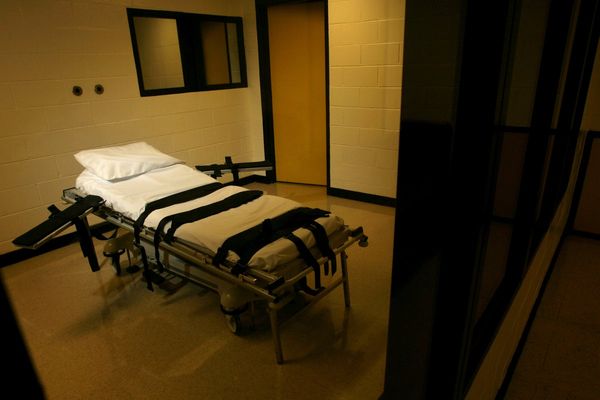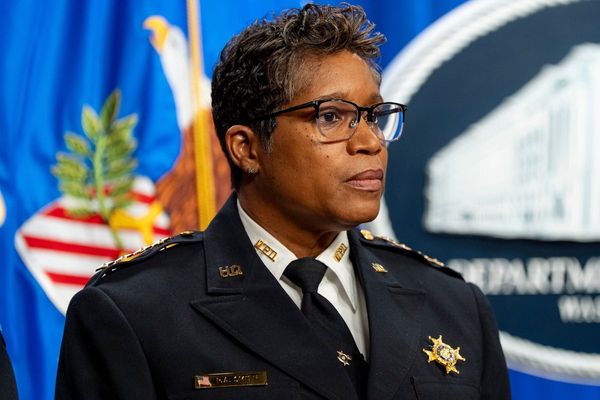
Between train strikes, stormy weather, and floods, Tube stations in the capital have shut more than a thousands times this year.
A Freedom of Information (FOI) request answered by TfL has revealed just exactly how many closures there were – and at which stations.
Which stations have been closed the most?
From January to August, there were 1,137 station closures overall in London, as Lancaster Gate incurred 66 of them. A table has revealed the stations facing the most closures. Among the top 20 was:
- Lancaster Gate (66)
- Holland Park (61)
- Chancery Lane (48)
- Goodge Street (46)
- Mornington Crescent (44)
- Hyde Park Corner (43)
- Temple (33)
- Southwark (32)
- Aldgate East (30)
- Arsenal (24)
- Covent Garden (24)
- Marble Arch (19)
- Tottenham Court Road (15)
- Queensway (14)
- Nine Elms (14)
The data was based on the stations being fully closed, meaning passengers could not enter or exit, and all train services running through the station were non-stopping, so passengers could not interchange either.
Nick Dent, TfL's director of customer operations, said: “I'd like to apologise to customers who have experienced short-notice closures. We do everything we can to avoid having to close a station and always work to minimise the length of time a station is closed for.
"The situation is improving and we have seen fewer closures this year than last year. We are also making changes that will help to reduce station closures by enabling us to deploy staff more flexibly, increasing reliability for our customers.”
Other statistics showed that from 2022, there were 3,252 closures.
Why were stations closed?
Stations were closed for many reasons. TfL have listed them as follows:
Built environment: Typically issues involving buildings such as structural issues or blocked drains.
Fleet: Includes smoke from a train causing a station to be evacuated, or a train with door faults requiring a member of station staff to ride with it causing the station to drop below minimum numbers.
Service control: A defective train went into service when it should not have done, resulting in a station falling below minimum staffing numbers.
Signal: Signalling issues resulting in a station having to be closed.
Station operations: Station staff unavailability, and other customer-related reasons, such as fire alarms being set off maliciously, trespass, and other behaviour.
Systems and infrastructure: Closures relating to assets such as lifts, escalators, lighting, internal power supply.
Track: Closure relating to track assets including fires.
Train operations: The main cause was due to a one-off incident involving power-control staff.
Other: Evacuation exercises, UK power network issues, emergency service requests, extreme weather.







